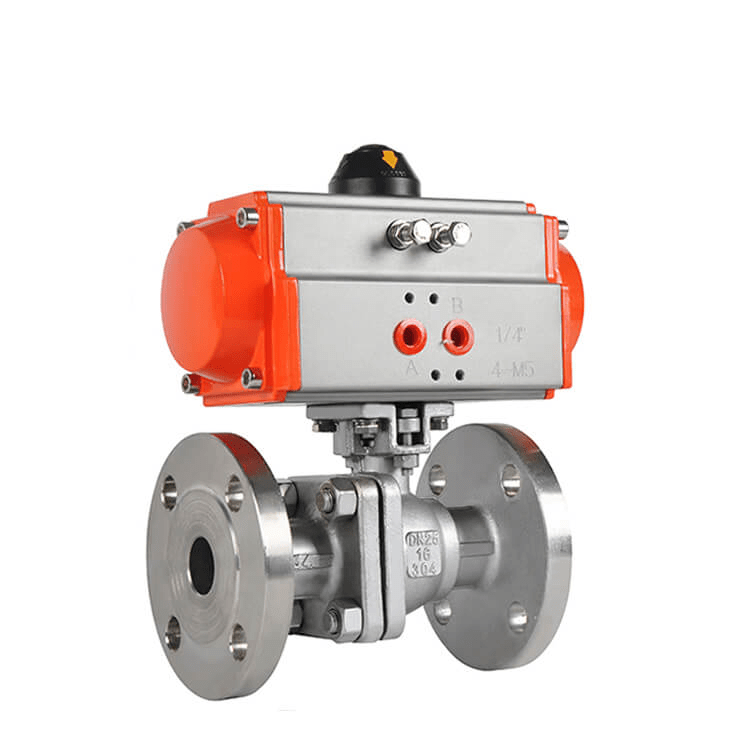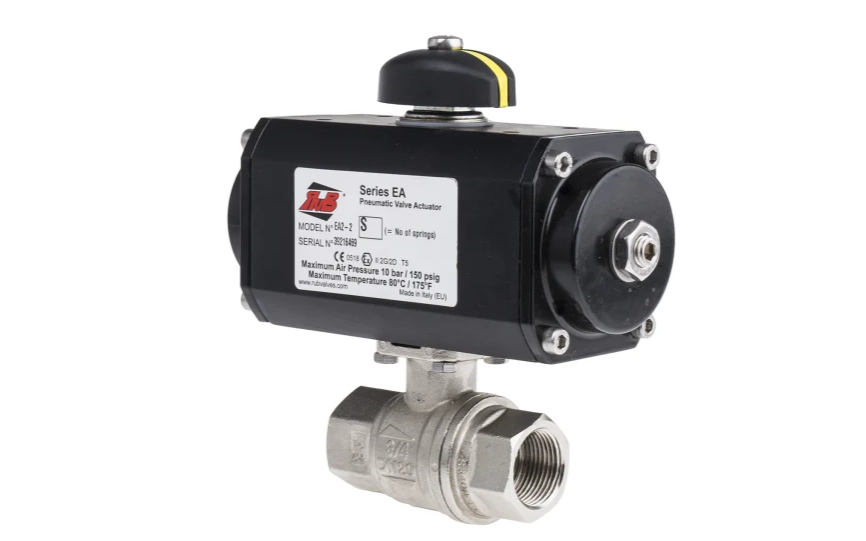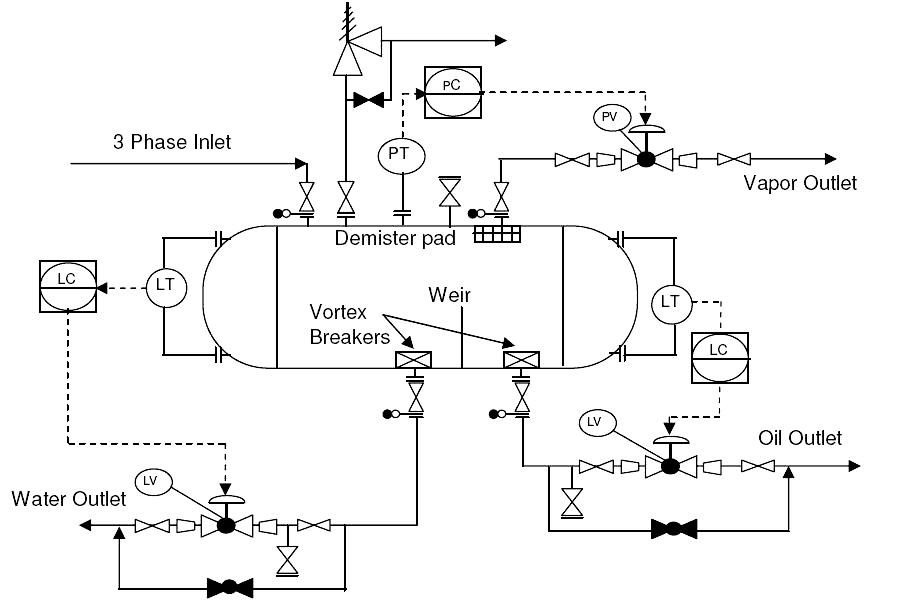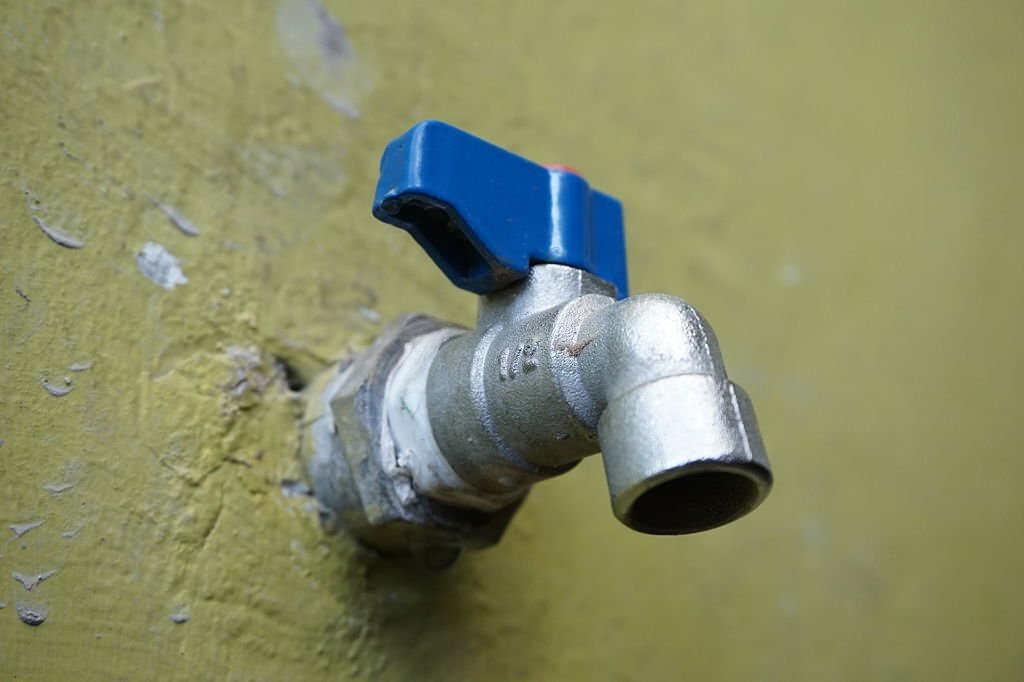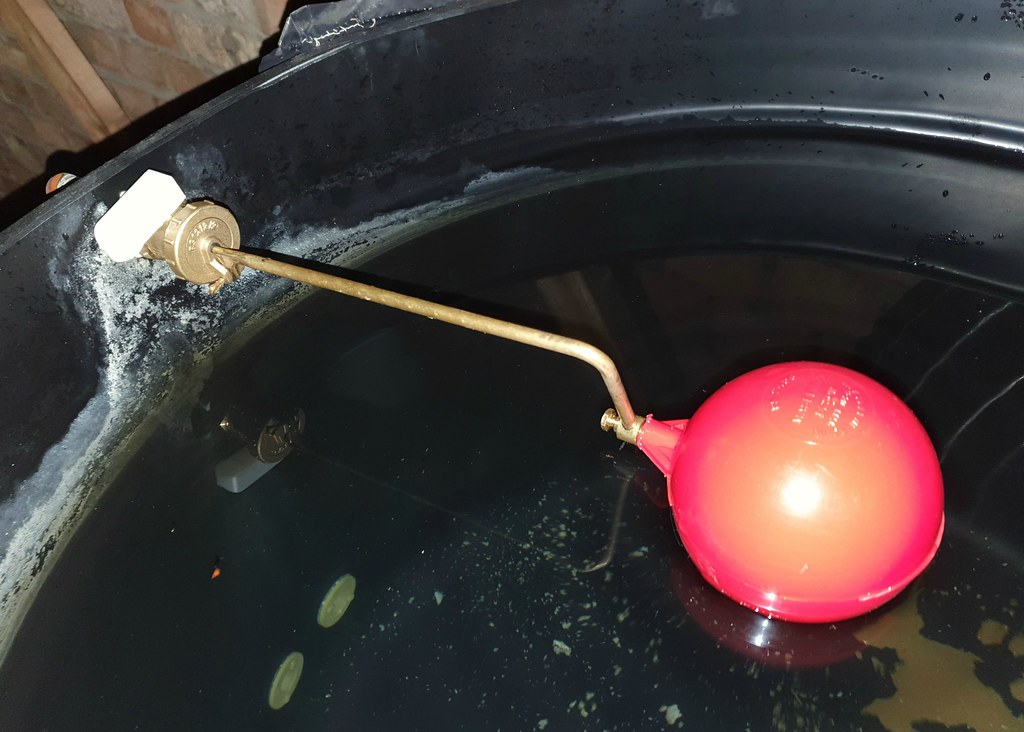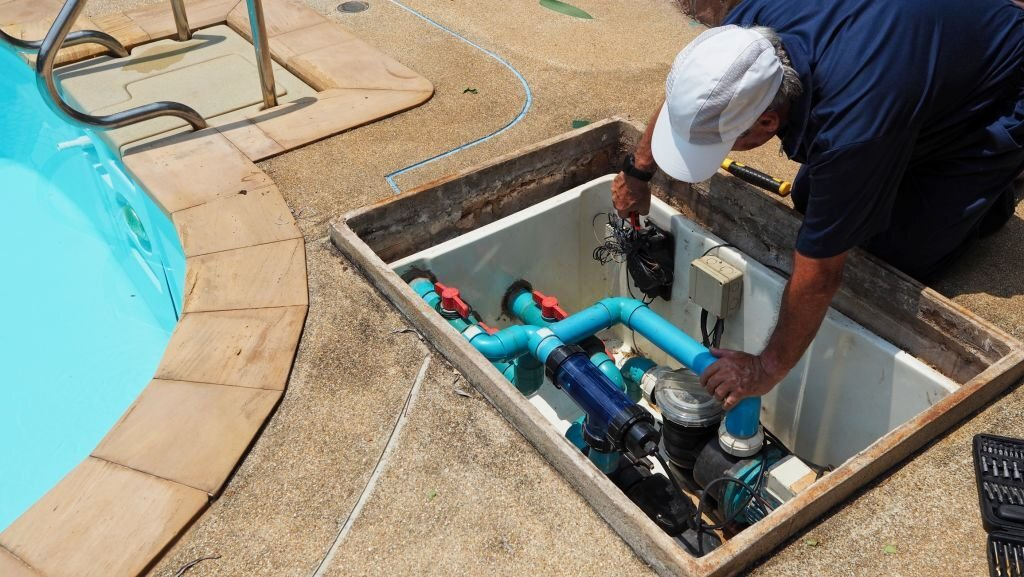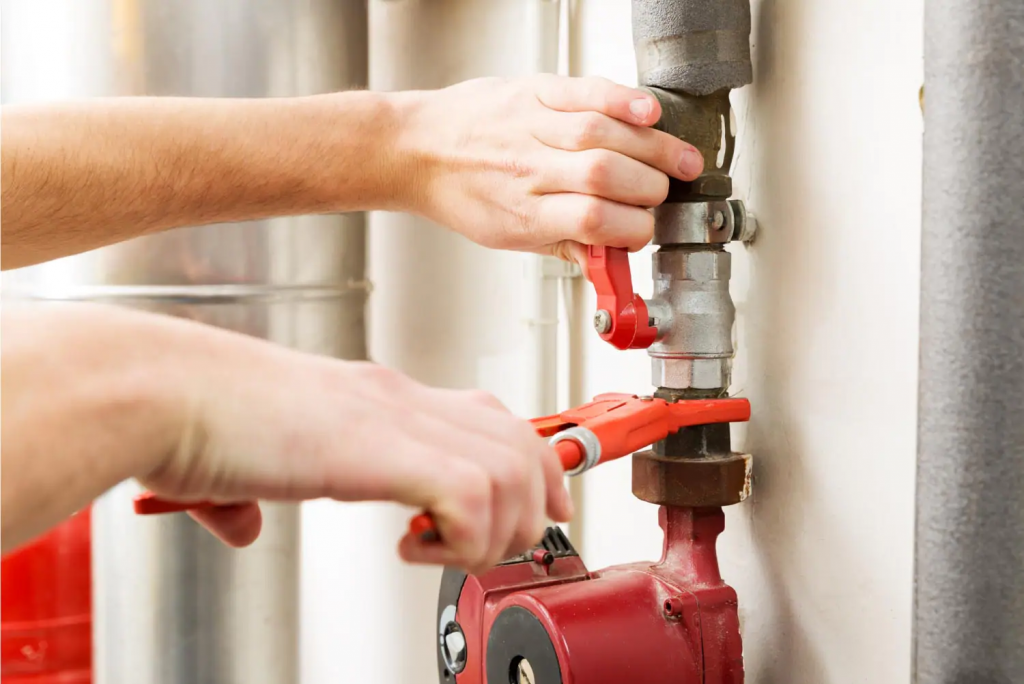Valve manufacturers in Europe: A Top List in 2022
Learn where you could get the best valve by going through the valve manufacturers in Europe in this article Ball valve manufacturers in europe To know where you could get a high-quality ball valve, you should check out these information which regards to valve manufacturers in uk Valvesonly Europe Valves Only Europe was established in […]
Valve manufacturers in Europe: A Top List in 2022 Read More »


